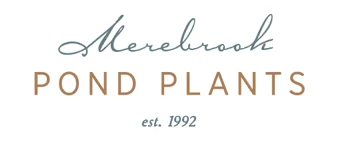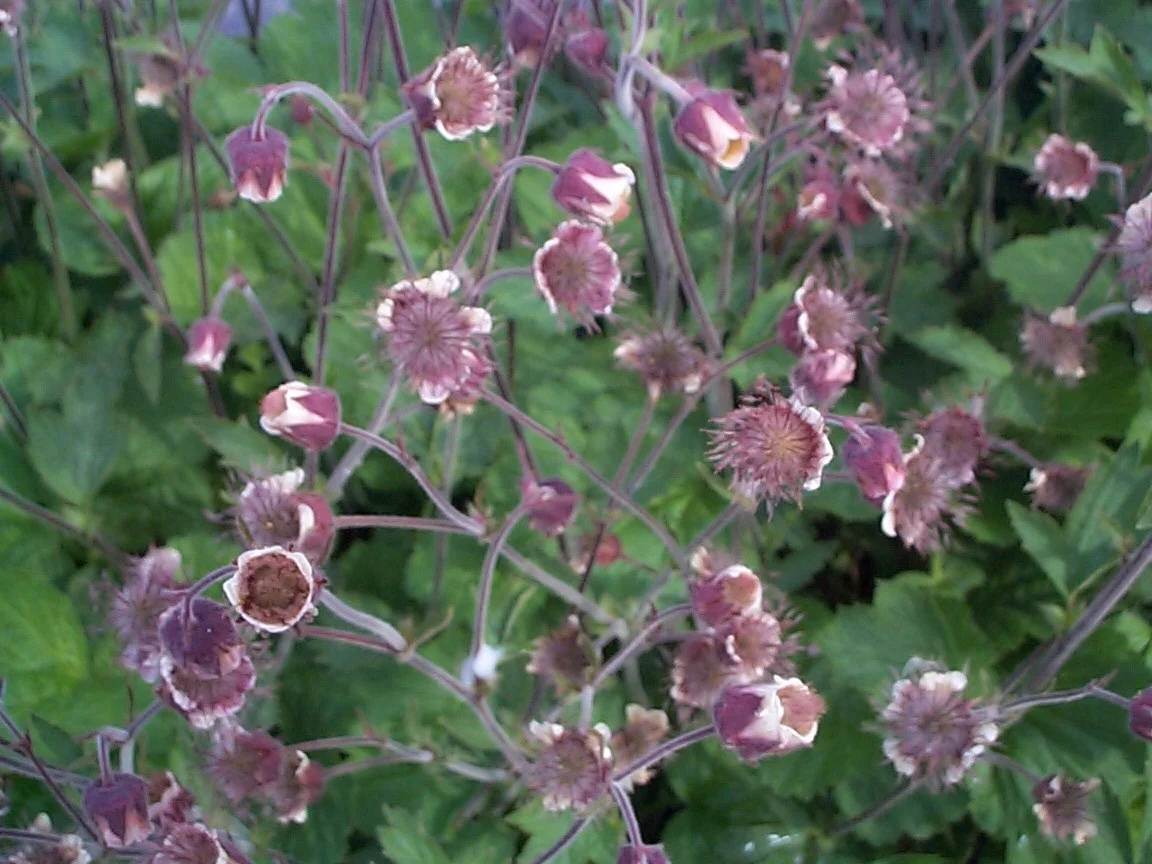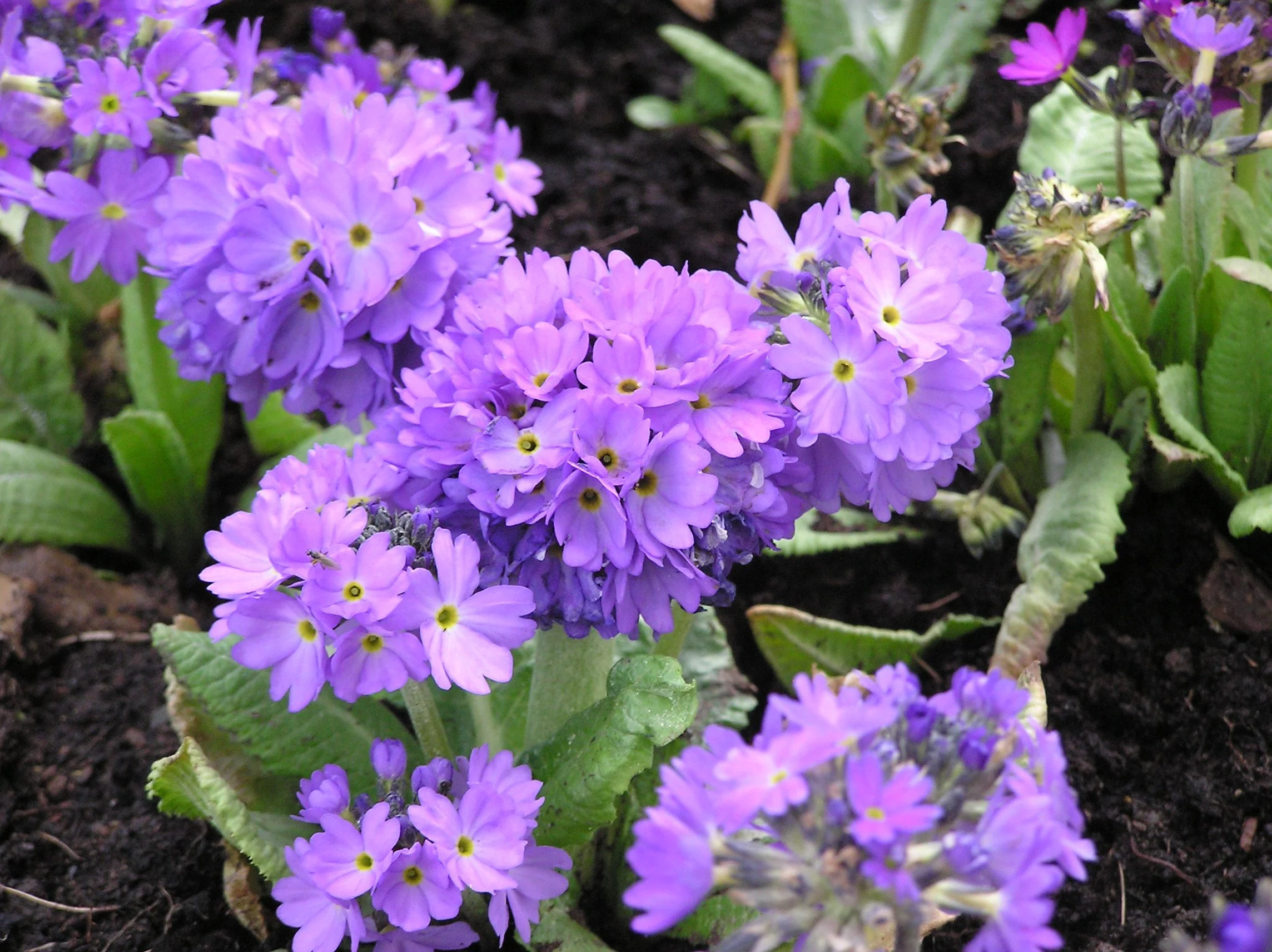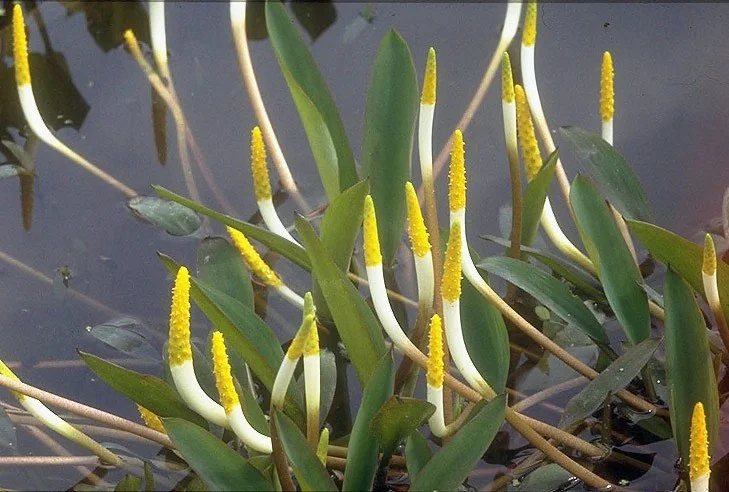Why do I need marginals in my pond?
- The margin of a pond refers to the banks, edges and shelf areas.
- Remember that an artificial or lined pond is not usually surrounded by wet soil suitable for growing marginal plants.
- Marginal plants are all the plants that like to grow with their roots in the pond and their leaves above the pond surface.
- Most marginal plants do not grow well out of water, although some can also be described as bog or wetland plants.
How many marginal plants do I need for my pond?
- Ideally your pond should contain approximately 3 marginal plants per metre of shelf space.
- For a natural or wildlife pond try for 3 marginal plants per metre all around the edge of your pond.
- For larger ponds group plants with 2 or 3 containers together every 1.5-2.5m around the edge of your pond.
How do I get the best display from my marginal plants?
- If you plant more than one variety of plant into a crate/basket, the strongest will muscle out any other variety, so we recommend that you plant each variety of plant into a separate planting crate/basket.
- For best effect, depending upon the size of plant, we suggest you plant two or three plants of the same variety into each planting crate/basket. In larger ponds, position two or three crates/baskets together for fuller effect.
- Remember that tall plants and grasses need to be planted into a large planting crate/basket so that they are not going to be blown over by strong gusts of wind.
- All marginal plants, unless otherwise indicated, should be positioned at a depth where there is no more than 0-5cms water over the soil.
- As a rule, marginal plants don’t grow well in moving water. Moving water washes the soil out of the crate and disturbs the roots.
- NEVER put marginal plants directly beneath a fountain, they hate being constantly splashed and it can even kill them!
How do I care for my marginal plants?
- We recommend that, for ease of maintenance, all marginal plants should be contained in mesh planting baskets or crates.
- Use ordinary heavy garden loam. If you can squeeze a handful of soil into a ball, throw it up and catch it without it breaking up, the soil is the right consistency.
- Plant into a heavy loam, free from chemicals and without peat based compost. Light, sandy soil, and chalky soil are not suitable.
- If your own soil isn’t suitable we recommend that you use an aquatic compost such as Westland. For your nearest supplier go to www.gardenhealth.com/stockists
- Marginal plants form clumps and will grow to the size of the basket – the bigger the basket the bigger the clump.
- Fill the basket ½full of soil, pressed well down to make it really firm.
- Position the plant so that the base of the stem is about 1-2cms below the rim of the basket.
- Fill with soil, again really firmly pressed into place, so that the soil reaches to the base of the stem.
- Top dress with 1-2cms washed pea gravel.
Buy beautiful plants today
Browse our full catalogue and online shop.



